Your Cart is Empty
Free Shipping on orders over €75 (Germany) | €125 (International)
Free Shipping on orders over €75 (Germany) | €125 (International)
Notions & Gifts
Books & Magazines
Patterns
- Annika Scheer | Rosemary & Pines Fiber Arts
- Ayano Tanaka
- Barbara Gottwik
- Crystal Hiatt
- Elena Solier Jansà
- Emily Joy Rickard
- Emma Ducher
- Fiona Alice
- Fiona Munro
- Imke von Nathusius
- Jennifer Brou
- Jill Thompson Beach
- Joan Forgione | Paper Moon Knits
- Julia Exner
- Kjerstin Rovetta
- Ksenia Naidyon | Life is Cozy
- Madeleine Renarde
- Makenzie Alvarez
- Making Stories
- Maria Muscarella
- Marina Skua
- Marthe Forodden
- Rebekka Mauser
- Renate Kamm
- Susan Schädler
- Tania Dejoie
- Valentina Cosciani
- Vanessa Pellisa
- Annika Scheer | Rosemary & Pines Fiber Arts
- Ayano Tanaka
- Barbara Gottwik
- Crystal Hiatt
- Elena Solier Jansà
- Emily Joy Rickard
- Emma Ducher
- Fiona Alice
- Fiona Munro
- Imke von Nathusius
- Jennifer Brou
- Jill Thompson Beach
- Joan Forgione | Paper Moon Knits
- Julia Exner
- Kjerstin Rovetta
- Ksenia Naidyon | Life is Cozy
- Madeleine Renarde
- Makenzie Alvarez
- Making Stories
- Maria Muscarella
- Marina Skua
- Marthe Forodden
- Rebekka Mauser
- Renate Kamm
- Susan Schädler
- Tania Dejoie
- Valentina Cosciani
- Vanessa Pellisa

Issue 10 Patterns – Now Available as Individual PDFs!

All Patterns
About Us
We're here to help you stitch sustainability into every aspect of your making.
With our carefully curated selection of non-superwash, plastic-free yarns and notions, we have everything you need to get started on your next project - and the one after that.
Here's to a wardrobe of knits we love and want to wear for years to come!
We're here to help you stitch sustainability into every aspect of your making.
With our carefully curated selection of non-superwash, plastic-free yarns and notions, we have everything you need to get started on your next project - and the one after that.
Here's to a wardrobe of knits we love and want to wear for years to come!
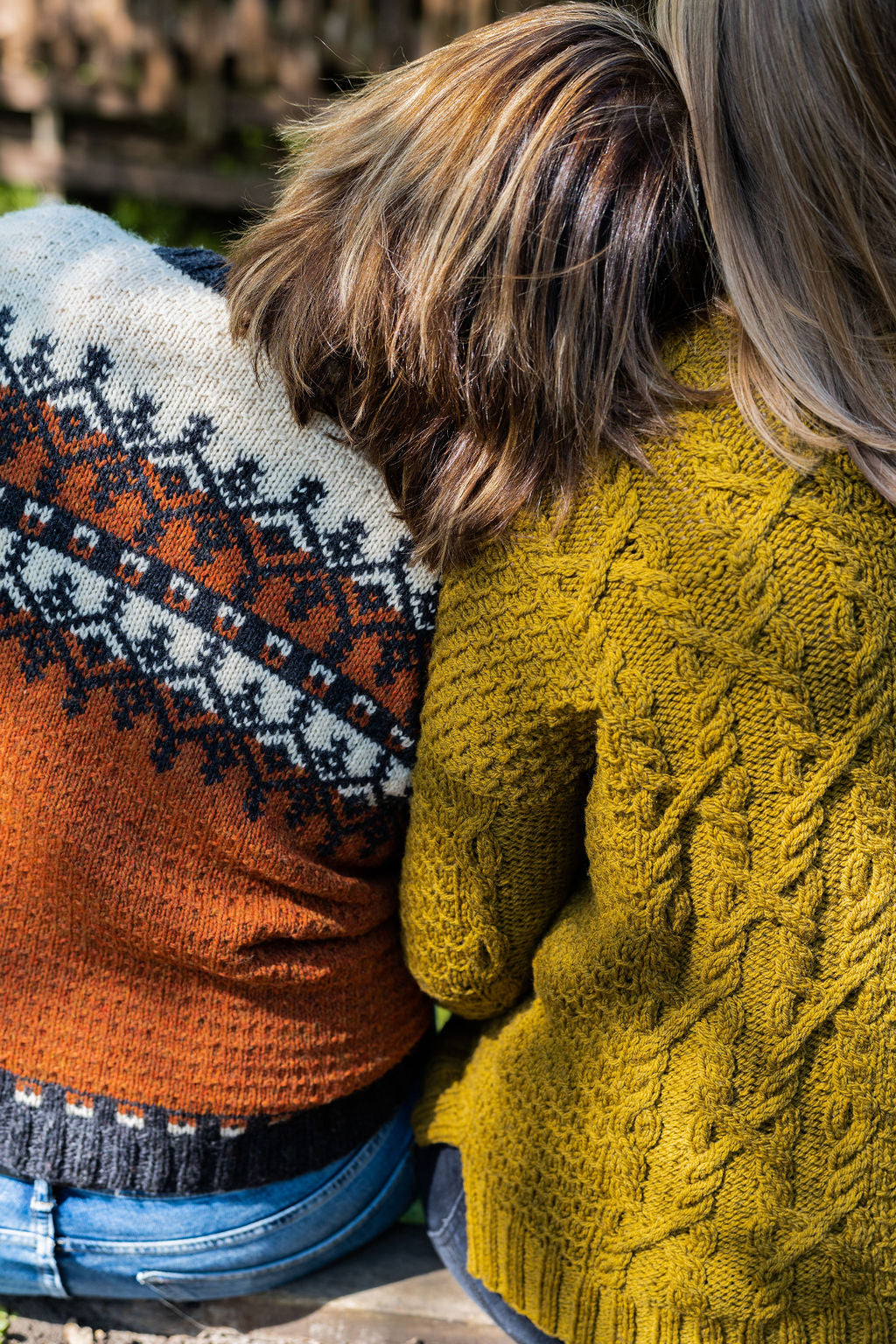
Our Sustainability Pledge

Our Blog
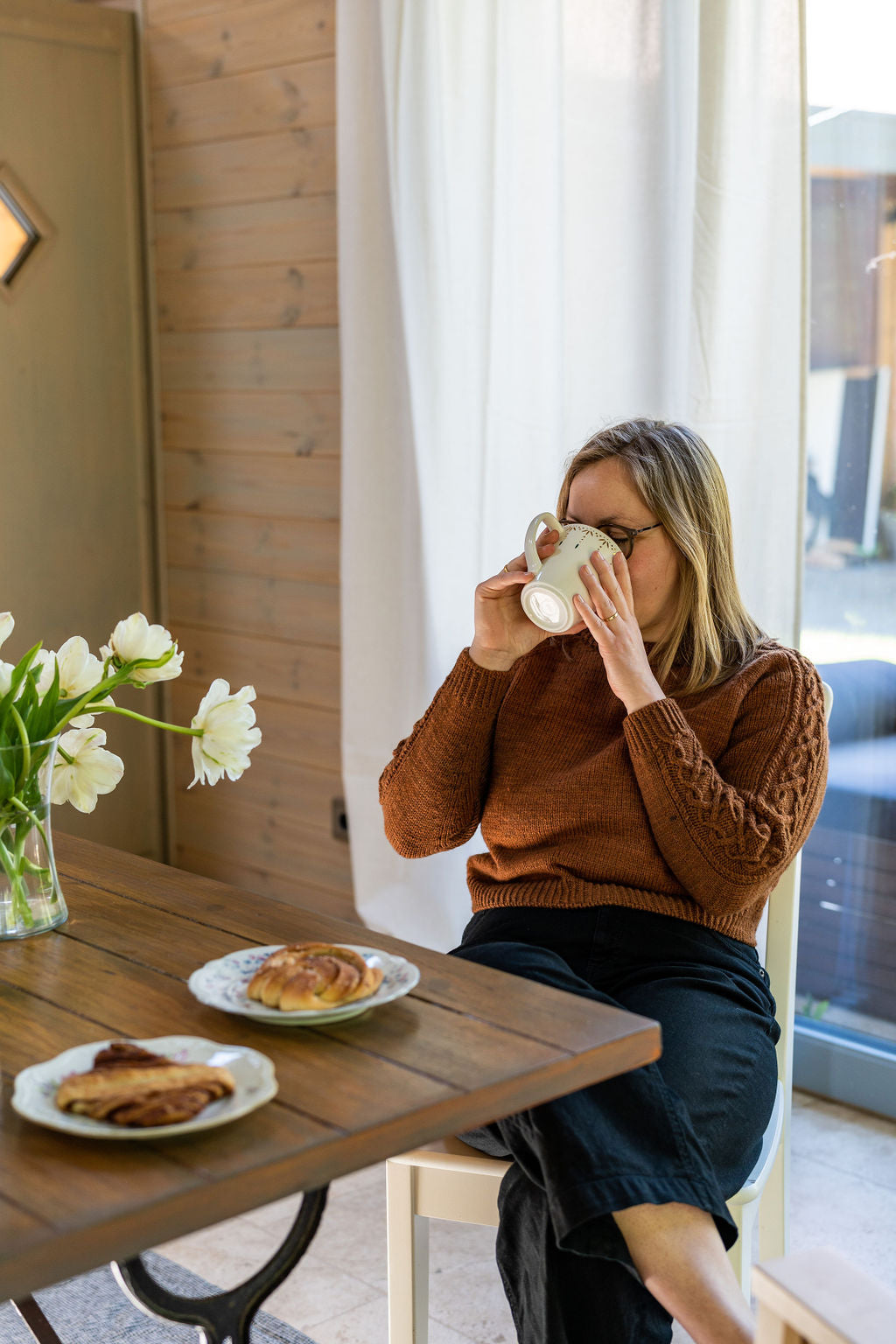
Our Podcast
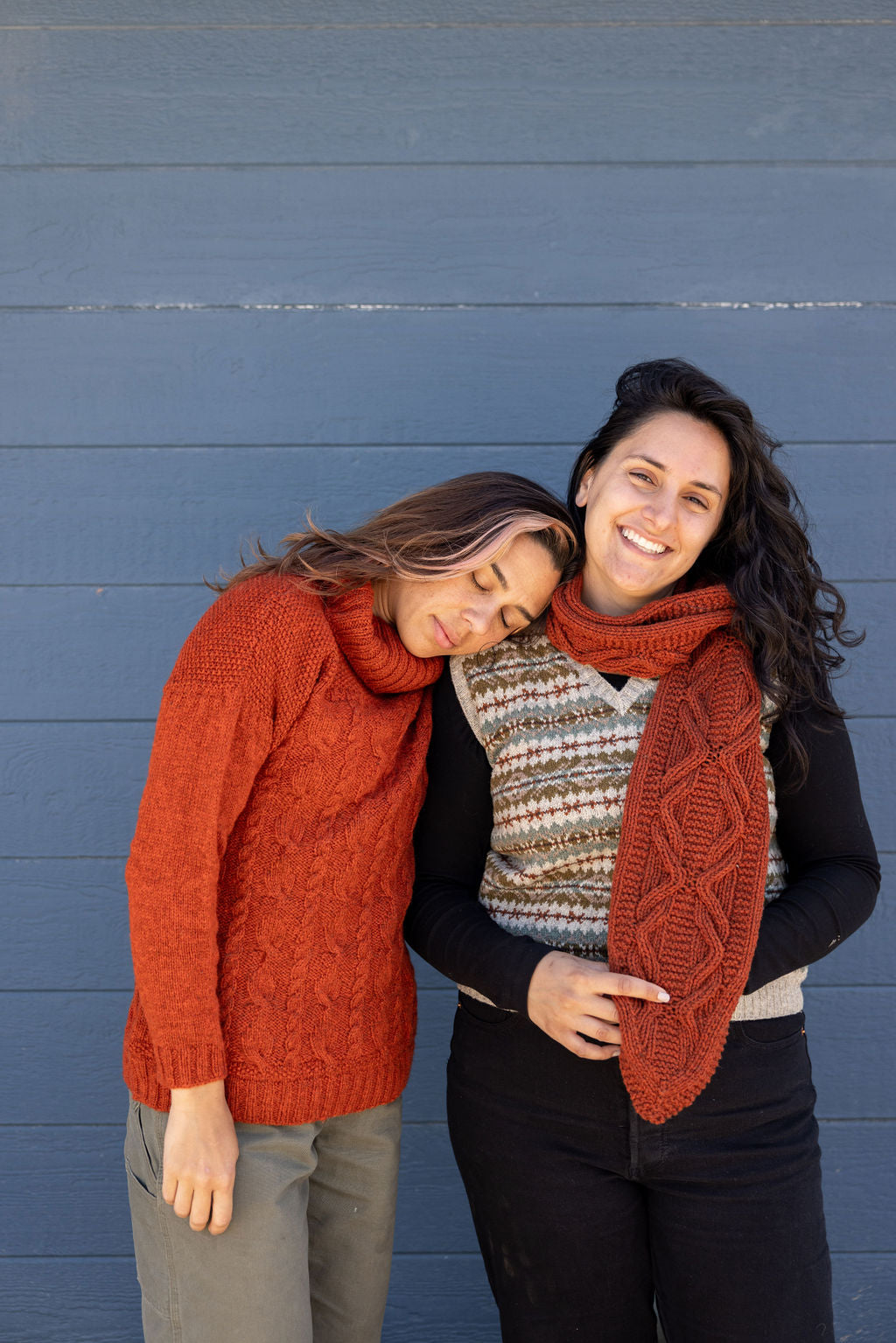
The Making Stories Collective
Acid Dyeing vs. Natural Dyeing - A Gentle Introduction
November 11, 2020 4 min read 3 Comments

Hello lovelies! We've talked a lot about fiber and yarn in the last few months here on this blog, but one area that we've only ever-so-slightly touched upon is dyeing. While I love a beautiful natural grey or cream in my stash, I also have a very, very soft spot for beautiful colors (dyed on a grey base - be still my heart!). As dyeing is an essential part of most yarns' journey, we thought it'd be interesting to explore the intersection of dyeing and sustainability in a little mini-series in these next few weeks!
We're starting off today with a short and gentle overview of two of the terms you're very likely to come upon when it comes to yarns, especially those dyed by indie dyers: Acid dyeing and natural dyeing.
As with all things sustainable yarn and knitting, there's no hard and fast answer to which one of those two is more sustainable. Both have their benefits and drawbacks, and we'll explore those in detail in two upcoming blog posts that feature two fantastic indie dyers. They'll be sharing insights into each of those yarn dyeing methods and their impact on the environment!
For today, I'd love to start with a short exploration on what acid dyeing and natural dyeing actually is.
Acid Dyeing
'Acid dyeing' describes a dyeing process that uses a specific set of synthetic dyes, acid dyes. Synthetic dyes - and therefore also acid dyes - are chemically manufactured. They consist of chemical compounds and their exact makeup differs from dye to dye.
Fun fact: The first synthetic dye was discovered by accident! In 1856, William Henry Perkin, an English chemist, was trying to create synthetic quinine as a cure against malaria. He didn't succeed in that, but along the way he produced mauveline, the first synthetic dye, out of a coal tar derivative.
Acid dyes are a sub-group of synthetic dyes that's called 'acid' because you need a dyebath with a lower pH - i.e. an acidic dyebath - for these particular dyes to bond to the fiber. Acid dyes can be used to dye protein fibers - i.e. wool, silk, angora, alpaca, mohair, and the like - and certain synthetic fibers that are chemically similar to protein fibers, like nylon, which is chemically similar to silk.
They produce beautiful colors - both bright and earthy ones, depending on which type and brand of acid dyes the dyer uses. One critical part of acid dyeing though is that the components of acid dyes can be (sometimes highly) toxic to both humans and the environment. This is why utmost care is really important when it comes to both the production and the usage of these dyes - think protective gear, working in a safe dyeing space, and careful treatment of all waste coming out of the dyeing process (including the waste water).
We'll dive into all the intricacies of acid dyeing in our deep-dive blog post that's coming up in just a few short weeks. For now, let's take a look at:

Natural Dyeing
'Natural dyeing' is used to describe any type of dyeing that's not using synthetic dyes, but natural dyes. Natural dyes are derived from plants, animals or minerals without any synthetic treatment involved. That is not to say that there is no processing at all involved - natural dyes can refer to both 'whole' plant stuffs, for example (think avocado pits, onion skins), and extracts!
Natural dyes can be used to dye both protein as well as cellulose fibers - i.e. you can dye everything from wool to linen, from alpaca to bamboo with them. That being said, depending on which fiber and dye stuff or extract you use you will often need to employ a so-called 'mordant' to make sure the dye actually sticks to the fiber. There are both plant-based (hello soy milk!) and metal mordants, and the way they're applied differs depending on the dye method, fiber and dye.
While naturally dyed yarns are often known for their beautiful subtle colors, you can actually achieve brilliantly bright shades with natural dyes as well! That being said, natural dyeing often requires a lot of dye stuff (if not using extracts), water and electricity during the dyeing process. More on that in our deep-dive post into natural dyeing!
A Note on Botanical and Plant Dyeing
Both botanical and plant dyeing are terms that have become more common in the yarn world in the past few years. Both can, but do not have to refer to natural dyeing - and this is where it gets confusing! Some dyers use these two terms instead of natural dyeing to describe that they're not using extracts in their dyeing, but only whole plant stuffs.
Often, though, botanical and plant dyeing are used interchangeably with natural dyeing. If it's important to you to know whether only whole plant stuffs have been used in the dyeing, I would recommend reaching out to the respective dyer and asking them about it!
3 Responses
shweta
March 12, 2022
amazing blog and you have explained very nicely
Sardar chemicals
January 26, 2022
Outstanding.. your outlook on this is amazing
Leave a comment
Comments will be approved before showing up.
Also in Blog

6 Joyful Spring Knitting Patterns - My Current Favorites!
April 10, 2024 4 min read
Hi lovelies! Spring has sprung here in Berlin – as I am typing this (mid March), the buds on the chestnut tree out the window are a few days away from bursting, the forsythias are in full bloom, and our strawberry plants have started their comeback as well (leaves so far, but Aurin checks every day for berries :)).
So it's no surprise at all that today's blog post is very much inspired by the sun and the warmer days to come! I have put together a sweet roundup of 6 joyful spring knitting patterns, all of which I'd love to have on my needles soon. (If someone can get me an extra day or two per week to knit (oh, and to spin), I'd love that!)
The three yarns I've paired them with are my favorite spring / summer yarns: De Rerum Natura's Antigone, a delightful sport-weight linen yarn, Wooldreamers' Saona, a 50% Spanish cotton, 50% Spanish wool blend, and Natissea's Pernelle, our newest spring yarn: A 100% European hemp yarn!

Get to Know: Pernelle, our first 100% hemp yarn!
April 02, 2024 3 min read 1 Comment
Hi lovelies! As you might know, we are slowly, surely expanding the portfolio of the shop – I am always on the lookout for wonderful sustainable yarns that might fill gaps we still have, and one that was on the list since last summer was an additional spring / summer yarn.
When I learned about Natissea, a French yarn company dedicated to organic plant yarns, from Audrey Borrego last year, I immediately contacted them to order some samples. As soon as I had Pernelle, their 100% European hemp yarn, on the needles, it was love – grippy, but not ropey, with a lovely drape that only got stronger after a good washing and blocking session.
The shade cards had me swooning too – a really comprehensive, well-composed range of colors with something for everyone in it, from neutrals to spring-inspired pastels to deep jewel tones.
So I was so pleased when Natissea accepted us as a stockist – and I am extra excited to introduce Pernelle to you. Our first 100% hemp yarn, perfect for summer tops, T-Shirts, and lightweight sweaters!
I reached out to Mathilde over at Natissea and she graciously agreed to answer a few questions about Pernelle. I loved reading her answers!

Issue 11 - in and out by Liza Laird
March 11, 2024 1 min read 2 Comments
Hello lovelies!
I am back today with a slightly unusual post that starts with a big, big apology to Liza Laird. Liza is a wonderful author (you might know her book Yoga of Yarn), knitter, teacher and yogi, and we were supposed to publish her beautiful poem "in and out", inspired by the ocean, in our Issue 11, "Seashore".
While I was putting the final touches on our layout, I realized that we had a spread too many (we always print in increments of 4 pages, or 2 spreads) and inadvertently cut the spread with Liza's poem instead of the photo spread I meant to delete.
Who Is Making Stories?
We're a delightfully tiny team dedicated to all things sustainability in knitting. With our online shop filled with responsibly produced yarns, notions and patterns we're here to help you create a wardrobe filled with knits you'll love and wear for years to come.
Are you part of the flock yet?
Sign up to our weekly newsletter to get the latest yarn news and pattern inspiration!
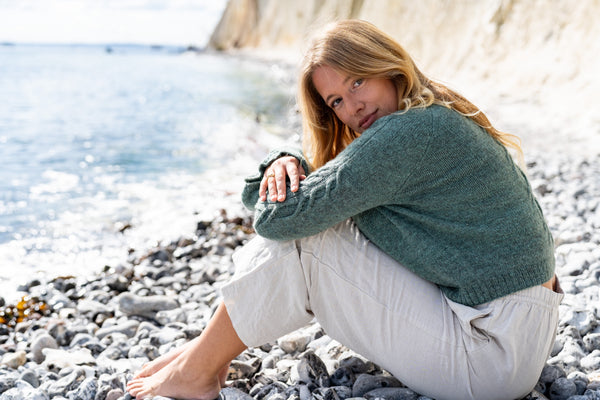
Join the Making Stories flock!
Every Tuesday our newsletter arrives in your inbox, full to the brim with Making Stories goodness. If you would like to join in on the fun, fill in the form below.
As a thank you, we gift you a digital publication of your choice!

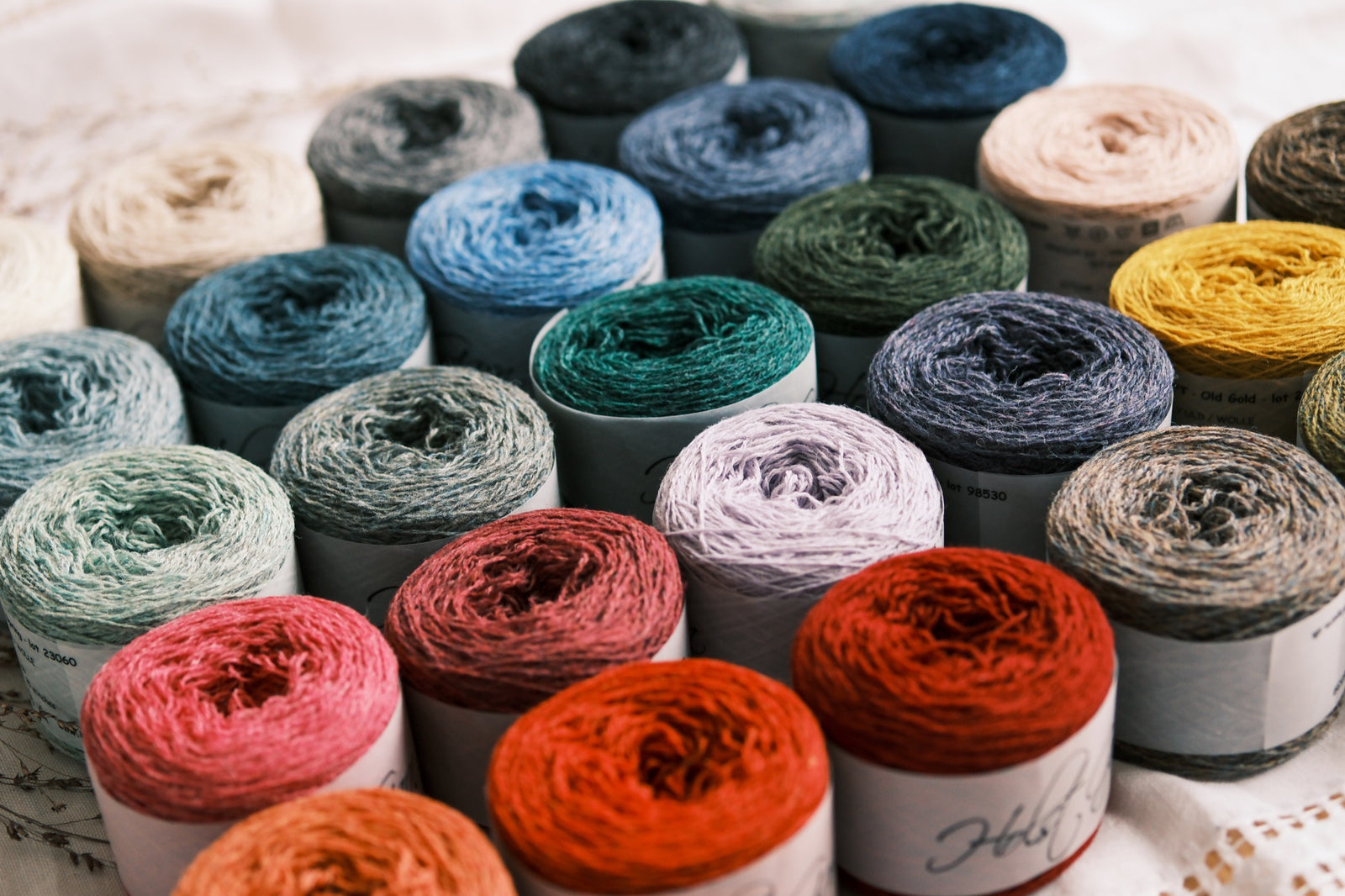


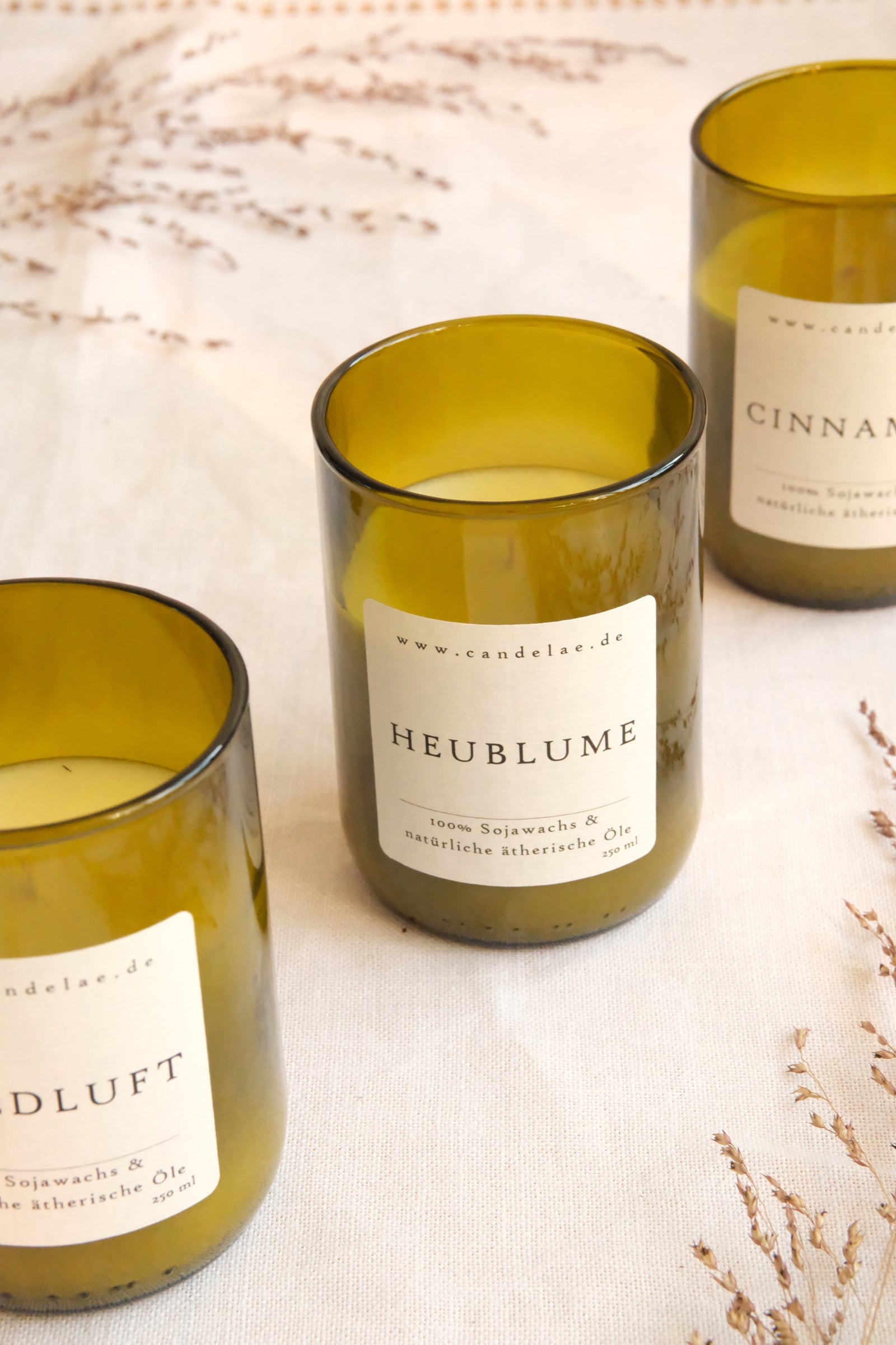



louis tenorio
June 13, 2022
from the words of my favorite mouse
“EEK Gags you astound me Brain”
I have learn something today
Thank you